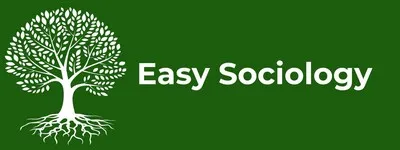Table of Contents
- Theoretical Foundations of Emergent Norms
- Key Components of Emergent Norms Theory
- Case Studies and Examples
- Implications for Sociological Understanding
- Critiques and Limitations
- Conclusion
- Think!
- Essay Suggestions
- Research Suggestions
- Further Reading
The concept of emergent norms plays a crucial role in understanding the dynamic and often unpredictable nature of collective behavior. Sociologists have long been intrigued by how norms emerge, evolve, and influence group behavior, particularly in situations characterized by ambiguity and fluidity. Emergent norms theory provides a framework to analyze how new norms develop within groups, especially during events that disrupt established social structures and expectations. This essay aims to outline and explain the concept of emergent norms, their theoretical foundations, and their implications for understanding collective behavior.
Theoretical Foundations of Emergent Norms
Emergent norms theory was developed as part of the broader field of collective behavior, which examines how individuals act in crowds, social movements, and other group settings. The theory was first articulated by sociologists such as Ralph H. Turner and Lewis M. Killian in the mid-20th century. It challenges the early theories of collective behavior, such as Gustave Le Bon’s theory of crowd psychology, which posited that individuals in crowds lose their rationality and succumb to a ‘collective mind.
In contrast, emergent norms theory argues that collective behavior is not irrational but instead follows newly developed norms that arise in response to situational demands. According to this theory, when people find themselves in new or ambiguous situations where established norms are unclear or absent, they engage in social interactions that lead to the creation of new norms. These emergent norms then guide individual behavior within the group.








